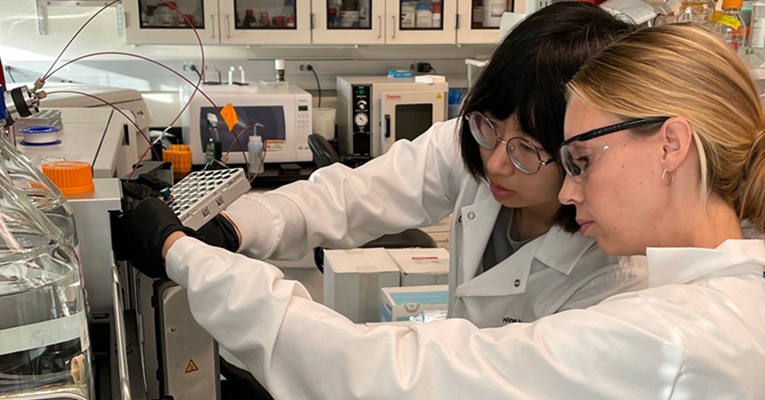Biosensing Technology Breakthrough Paves Way for New Methods of Early Disease Detection
Posted on 11 Dec 2024
Nanopores are tiny openings that can detect individual molecules as they pass through, making them ideal for analyzing biomolecules like DNA and proteins. However, detecting proteins at extremely low concentrations—such as those found in the early stages of diseases—has been challenging. Now, a new breakthrough in nanotechnology for biomolecule detection and analysis could open doors to more effective early disease detection methods.
In a study conducted at SMU Lyle (Dallas, TX, USA) and featured on the cover of Analytical Chemistry, researchers combined octahedral DNA origami structures with solid-state nanopores to enhance the detection of proteins, particularly those present in low concentrations. The researchers found that integrating DNA origami's precision with the strength of solid-state nanopores results in a "hybrid nanopore" system, offering more accurate and sensitive protein detection. DNA origami is a technique in which DNA strands are folded into specific shapes, such as an octahedron, to improve the nanopore’s capacity to capture and detect proteins. In their study, the researchers used holo human serum transferrin as a model protein, demonstrating that this hybrid nanopore system outperformed traditional nanopores in both sensitivity and detection accuracy.

Many diseases, including cancer and neurodegenerative disorders, are marked by proteins present in very small quantities, making them difficult to detect in the early stages. The hybrid nanopore's ability to detect these low-abundance proteins could lead to earlier diagnoses and more effective treatment outcomes. Moving forward, the research team plans to refine the DNA origami structure and nanopore configurations to further improve sensitivity and expand the range of detectable biomolecules. This innovative approach could revolutionize fields like drug discovery, disease diagnostics, and fundamental biological research.
“This work could pave the way for developing advanced biosensing technologies, with potential applications in biomedical research and diagnostic tools – especially for diseases marked by low-abundance protein biomarkers,” said SMU Lyle mechanical engineering graduate student Kamruzzaman Joty.














